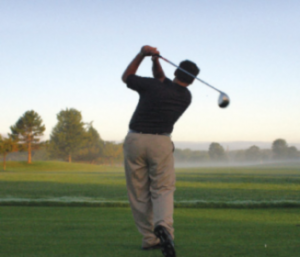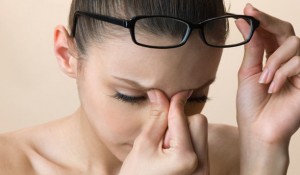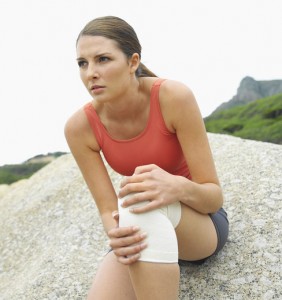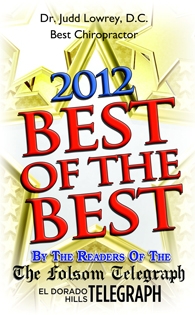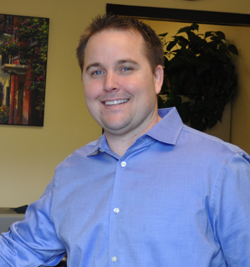Golf Injuries and Active Release Techniques (ART)
Friday, June 14th, 2013With summer now here, many of us are hitting the golf links for the first time in several months. While it’s the season for warmer temperatures, it’s also the season for golf injuries. Because golf is low impact and non-strenuous, many people assume that golfers don’t get injured. In fact, golf-related injuries are surprisingly common and most often the result of repetitive strain on muscles and other soft tissues.
Fortunately, there is a treatment technique that is helping golfers heal from the common aches and pain of repetitive injuries. It’s called Active Release Techniques (ART), and it’s enabling many individuals to return to the course sooner with decreased pain along with restored flexibility, balance, and stability.
Why Do Golf Injuries Happen?
During a typical round of golf or practice session, a player will take from 60 to over 100 swings. These swings can accumulate very quickly into the thousands quickly if you’re playing multiple rounds per week or practicing your swing at the driving range.
This repetitive swing motion places significant stress on joints, ligaments, tendons, and muscles – even under the best of circumstances. However, a minor problem such as bad posture or lack of flexibility can cause the body to compensate for the problematic area. This is often referred to as “swing compensation.” Swing compensation can directly lead to strain on soft tissues and eventually cause injury. For example, a player who struggles with limited range in the hips will compensate by using excessive motion of the back or shoulders during a swing. This can not only affect the overall quality of the swing, it can lead to injuries of the hip, back, or shoulder.
Repetitive Strain Injuries
There is a tremendous amount of force that happens with each golf swing. And, over time, these continued bursts of energy channeled into a golf swing can cause strain on muscles, tendons, joints, and ligaments. When there is swing compensation, there is even more strain placed on these soft tissues. This strain causes micro-trauma which often initially feels like minor aches, pains, or tightness.
The body responds to these micro-traumas by producing scar tissue around the injured area. While scar tissue is your body’s way of healing itself, it can also build up and form adhesion’s affecting the function of muscles, the flow of blood, and the motion of joints. As scar tissue adhesion’s build up, swing compensation becomes more pronounced leading to a repetitive injury cycle that ultimately affects the long-term health and stability of the affected areas being compromised.
How Active Release Techniques (ART) Can Help
Active Release Techniques (ART) is a hands-on treatment method that has been shown to significantly address problems associated with golf injuries. It involves a practitioner first locating scar tissue adhesions that have built up around muscles and other soft tissues. Adhesions are then broken up through very specific pressure applied by hand. Normal tissue flexibility and movement is restored. And, swing compensation can be corrected.
The majority of golfers who try ART are amazed by the quick, effective results. Often, significant improvement is experienced in just four to six treatments when combined with chiropractic care, home stretching and strengthening exercises. This is why a growing number of professional golfers and other world-class athletes are using ART to treat and prevent injuries. If you are golfer who is experiencing aches, pains, or restricted movement, we encourage you to book an appointment to find out if ART is right for you.
Dr. Judd Lowrey, D.C. has extensive advanced training in Active Release Techniques, which is an effective treatment for repetitive strain injuries incurred from such activities as golfing, running, sitting at a desk, and just everyday life.
Find out if Dr. Lowrey can help you by calling our office today at (916) 941-7508 or visit www.lowreychiropractic.com.
